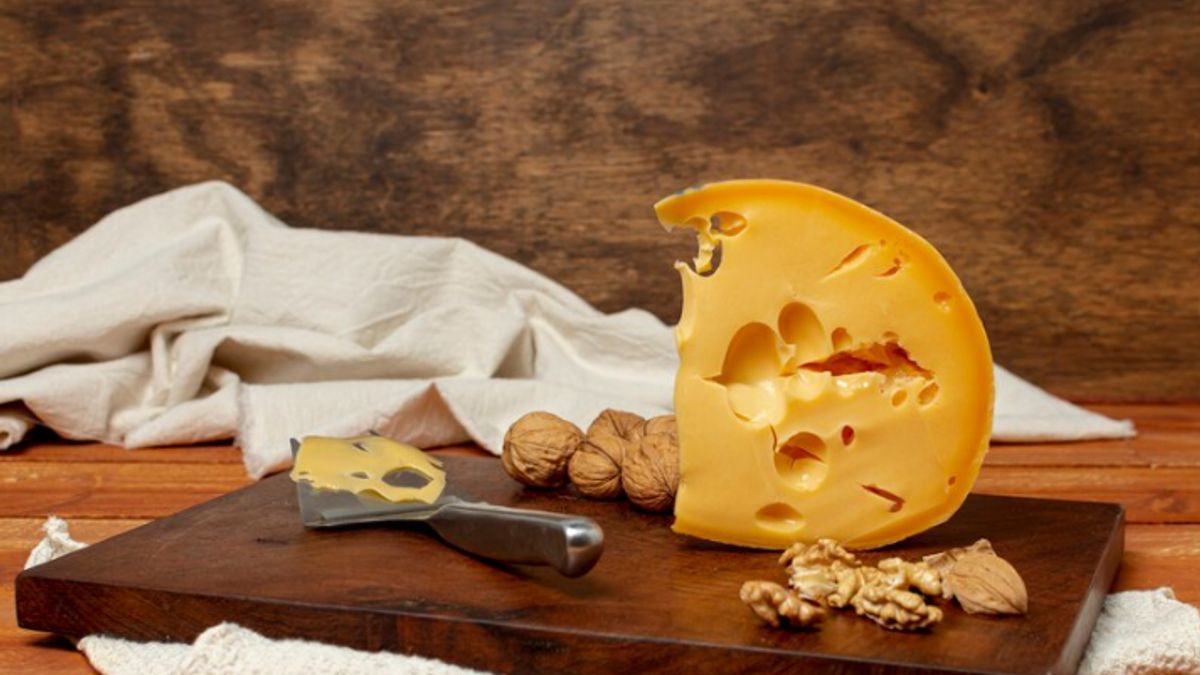YOGYAKARTA - The name chihuahua is quite recognized as one of the breeds of dogs. However, this term is also used in culinary naming. There is a food called chihua cheese from Mexico. So what is chihuahua cheese and the difference to other types of cheese?
Chihuahua cheese also has the title queso confiscated according to the community's residence, which first made this cheese. Cheese is made by the Mennonite farmer community.
In the habit of dishes in Mexico, chihua cheese is often served because of its special taste and practical way of eating. This cheese will taste perfect when served on a kurtilla or used as a nachos topping. For those of you who like this type of culinary, it is interesting to recognize what chihuahua cheese is and how it is made.
Cheese has a texture between soft to slightly hard. This cheese texture is also influenced by the length of the maturation period. If it is still in fresh condition, the chihua cheese has a texture similar to the cheddar cheese.
Chihua cheese offers a distinctive, savory, and slightly salty taste. Over time, this cheese will feel stronger and the aroma will be sharper. With this authentic taste, this cheese is not only popular in Mexico but is also looked at in various parts of the world. This cheese
This type of cheese is usually processed in two ways, namely cut and melted. This cheese is often used in various dishes or mixed in foods such as pizza, enchilada, sandwich, or made queso fundido. Cheese is often used in various dishes.
Cheese not only offers delicious taste, but also has good health benefits. This cheese contains calcium and high protein, thus playing a good role in bone and muscle health. This cheese also stores vitamins and other important minerals that can help maintain the health of the immune system and body metabolism.
The emergence of chihua cheese stems from an interesting history. The Mennonite farmer community is known as the group that first made this cheese. These farmers have lived in Mexican soil since the 1920s.
The Mennonite farmers came from Western Europe who traveled to a number of countries, until they finally settled in the Mexican state. Like other types of cheese, the chihua cheese is made from pasteurized cow's milk. This raw cow's milk is heated in a large barrel, then added culture starter to reduce pH milk.
The milk material is made lumping intoneaded with a soft and chewy texture resembling silk tofu. Dadih, which is ripe, is then cut into small pieces, then heated with whey to strengthen its texture. After that,whoey will be truncated and form a boiling mass that will be cut into small and mixed with salt.
The salted Dadih is then placed in a special machine covered in a thin cotton cloth. The wheels of this machine are pressed to unify the boiling and remove more whey. Dadih is then left dry, then the cheese can be eaten or stored in plastic tightly protected.tank cheese is smooth and melts easily when ready to be processed. This cheese is easy to form and melts easily at high temperatures.
Keu chihuahua can be stored in the refrigerator so that the quality of taste and texture are maintained. However, if the packaging is opened, the cheese must be wrapped tightly in plastic or put in an waterproof container. Cheese storage in this way can last a maximum of two weeks.
Marijuana cheese can be frozen in a waterproof container, then disbursed in the refrigerator overnight before use. If there is a little fungi on the surface of the cheese, you can cut the part with a sharp knife.
That's a review of what chihua cheese is like as one of the most famous types of cheese from Mexico. This cheese is quite popular with various people from all over the world because of its delicious and distinctive taste. Also read how to store the right cheese so that it lasts longer and doesn't rot easily.
The English, Chinese, Japanese, Arabic, and French versions are automatically generated by the AI. So there may still be inaccuracies in translating, please always see Indonesian as our main language. (system supported by DigitalSiber.id)













